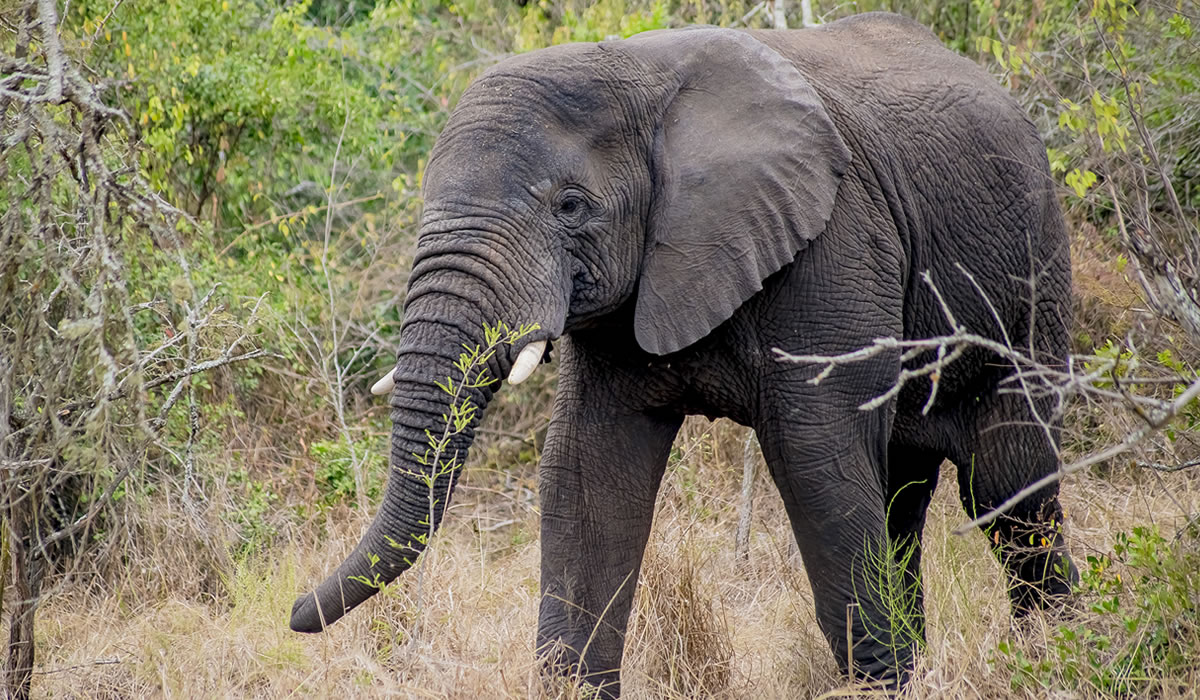In few words, Akagera is a protected area offering traditional Big Five safaris in Rwanda. A destination endowed with a wide diversity of habitats; a string of forest-fringed lakes, tall mountains, a vast savannah with an ever-changing vegetation, a well conserved woodland and a thriving papyrus swamp. All this beauty is sustained by a wetland system that is fed by Akagera River.
The ecosystem of its sprawling grassland is controlled by elephants, leopards, lions, rhinos, buffalos, giraffes, defassa waterbuck, tsessebe and impala. Most of these are residents of its Kilala Plain due to its abundance of grazing and water.

Any Akagera visitor should spend significant time exploring this impressive wildlife area. The best time for this mission is early morning, a time of the day when they are in their most active state and roaming in search for food.
In comparison, the competitive advantage of the night game drives is the greater sighting of cats that it offers. Lions love taking advantage of the darkness to head out for a hunt considering that most prey have a poor night vision.
On the other hand, the well-watered eastern sector of the reserve stands out as the best place to catch up with large populations of hippo, crocodiles and the elusive sitatunga – a rare aquatic antelope species. There are scheduled boat trips, however, if you prefer something more intimate, we can charter for you one of the family size boats.
Akagera National Park, with its eye-catching landscapes and extensive lake system, is also a bird-watcher’s paradise. Its checklist features a staggering 525 species, the most popular of which is the iconic shoebill and endemic papyrus gonolek.
This relatively small park is home to central Africa’s largest wetland – known as Rwanda’s Lake District.
Conservation Background
Looking at Akagera today, it is hard to believe that it once suffered a big blow that brought it down to its knees. See, during the dark times that climaxed with the 1994 Rwandan Genocide, the park was largely left to fend for itself as lots of refugees fleeing violence ended up occupying its large parts. In turn this facilitated uncontrolled poaching that pushed out wildlife.
Today, the park is back on its feet. This couldn’t have been possible without the help of an integrated conservation campaign jointly run by the African Parks organisation and the Rwandan government.
The Park has been restocked with all the Big 5 wildlife, mostly from Southern and East Africa. But that is only half the story, its tourist facilities have been massively upgraded with lots of accommodation options for all budgets.
Travel tip
Don’t forget to carry am insect repellant as some sections of Akagera are infested with tsetse flies. Although their bites don’t cause harm to the body’s organs, it is itchy to the skin.
Best Time to Visit
All months of the year are great for visits as the wildlife in the park doesn’t migrate. The only exception is June-August, a time when the park is burned to allow growth of fresh foliage. This in turn scares wildlife, prompting them to be in hiding.

